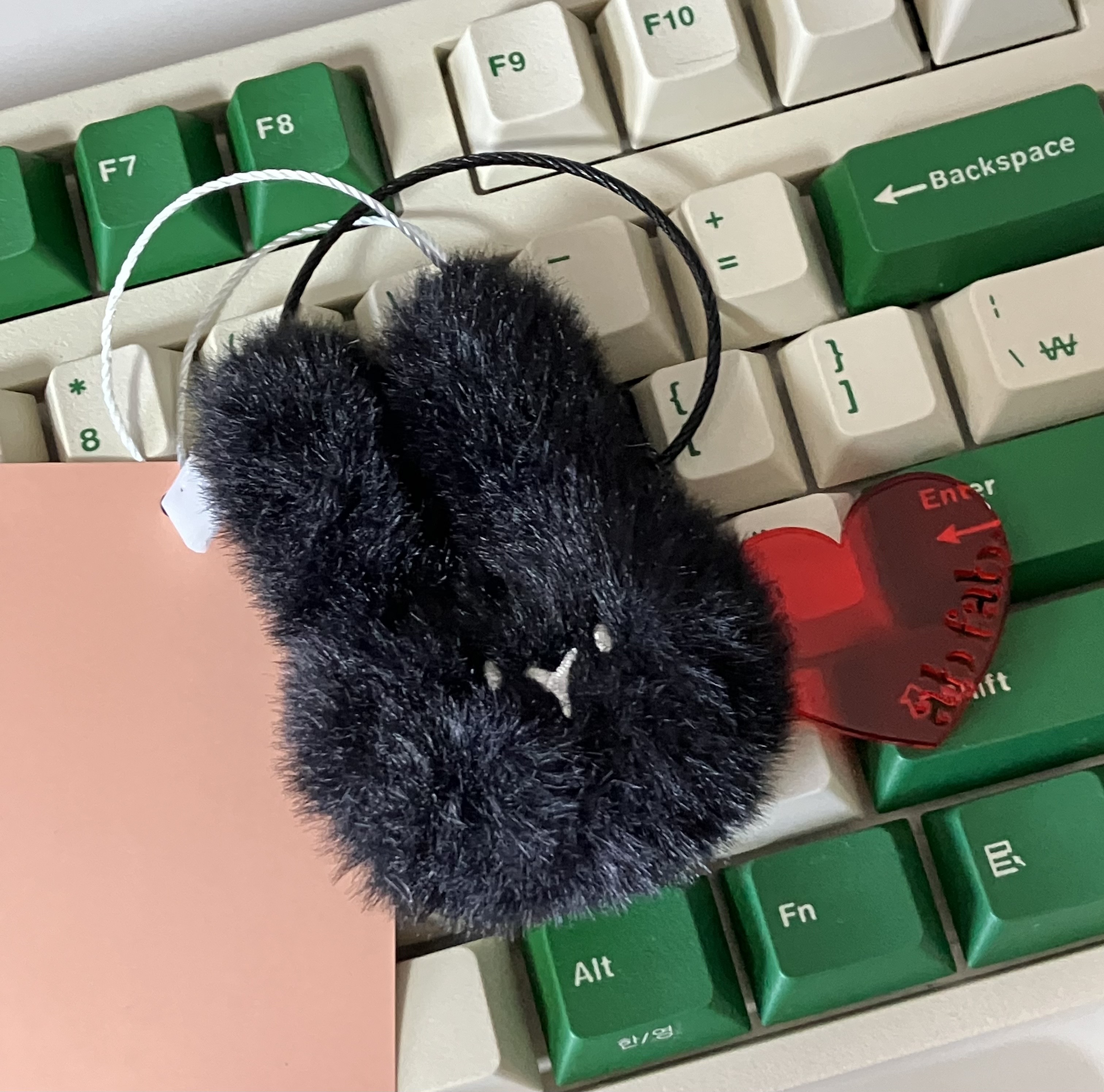[Compose] custom theme 구성하기(2)
🔗 들어가며
지난 포스팅 [custom theme 구성하기(1): compositionLocal에 대해서 먼저 알자!]에서 custom theme을 구성할 때 사용되는 CompositionLocal에 대해 깊이 알아보았다. 그렇다면 이제 이를 활용해 custom theme을 직접 구성해보자!
우선 필자는 custom theme을 구성하기 이전 기존 color.xml, font_style.xml 등 xml에 정의된 resource에 직접 접근하는 방식으로 코드를 구성했다.
modifier = modifier
.border(
width = 1.dp,
color = colorResource(id = R.color.gray_2), // 이렇게 직접 resource에 접근
shape = RoundedCornerShape(10.dp)
)
하지만 매번 resoure의 접근하는 것은 비용이 많이 들고, 현재 진행하는 프로젝트 속 사용하는 color와 typography가 xml에 정의되어 있기 때문에 custom theme을 정의해 적용하기로 했다.
만약, darkMode / lightMode를 지원하는 경우라면 더욱 custom theme을 활용하는 것이 효과적이다. 큰 수고를 들이지 않고 darkMode와 lightMode에 해당하는 스타일을 지정할 수 있기 때문이다!!
그렇다면 본격적으로 custom theme을 만들어보자! 그 과정은 Custom design systems in Compose(안드로이드 공식 문서)에 정말 잘 정리되어 있으며, 필자도 해당 글을 통해 custom theme을 정의해 활용했다!
🔗 Material Theming extend하기 1: 단순 extend
우선 완전히 custom theme을 구성하기 전에 공식 문서를 보면 Material Theme을 extend하는 방식이 나온다.
해당 방식은 정말 간단하다. Material Theme에서 제공하는 Color, Shape, Typography를 활용해 extend를 적용하면 된다.
val Typography.heading2B: TextStyle
@Composable get() = TextStyle(
fontWeight = FontWeight.Bold,
fontSize = 28.sp,
lineHeight = 39.2.sp
)
val Typography.heading2M: TextStyle
@Composable get() = TextStyle(
fontWeight = FontWeight.Normal,
fontSize = 28.sp,
lineHeight = 39.2.sp
)
해당 방식은 단순히 몇 개의 테마 값만을 추가할 때 정말 간편하다. 하지만 공식 문서에서는 해당 방식에 대해 다음과 같이 설명을 덧붙이고 있다.
If you have multiple themes, it’s better to define a class with new properties instead.
만약 여러 theme(ex: darkTheme, lightTheme)을 제공한다면 직접 theme을 정의하는 것이 좋다.
🔗 CompositionLocal 활용해 custom theme 활용
compositionLocal을 만들고 적용하는 것까지는 custom theme을 구성하는 데 공통적으로 들어간다. 이렇게 구성한 custom theme을 material theme과 함께 사용할지, 말지에서 차이가 나는 것이다!
그렇다면 우선 custom theme을 구성하자!
🔗 필요한 data class 정의
우선 추가할 값들을 가지는 data class를 정의한다. 여기서는 Color, Typography, Elevation, Shape 등 원하는 항목의 값들을 자유롭게 정의하면 된다.
@Immutable
data class LGTMColor(
val yellow: Color,
val blue: Color,
val red: Color,
val green: Color,
...
)
여기서 적용하는 @Immutable 어노테이션은 컴포즈에게 해당 object가 immutable하므로 단순 사용만 하며 recomposition이 불필요하다는 것을 전달해준다.
🔗 staticCompositionLocalOf로 compositionLocal 생성
val LocalColorPalette = staticCompositionLocalOf {
LGTMColor(
yellow = Color.Unspecified,
blue = Color.Unspecified,
red = Color.Unspecified,
...
)
}
compositionLocal을 다루는 게시글에서 알아봤듯이 theme의 값은 변경될 가능성이 낮거나 거의 변경되지 않기 때문에 staticCompositionLocal을 활용해 생성함으로써 성능을 향상시키자.
생성할 때는 default값을 넣어주고 실제로 활용될 값은 적용할 때 넣어준다.
🔗 생성한 compositionLocal 적용
생성한 compositionLocal을 적용할 때는 CompositionLocalProvider을 활용한다. provides를 통해 실제 적용할 값을 바인딩시키자!
@Composable
fun LGTMTheme(
content: @Composable () -> Unit
) {
val lgtmColorPalette = LGTMColor(
yellow = Color(0xFFfac53d),
blue = Color(0xFF1d74f5),
red = Color(0xFFfe504f),
...
)
val lgtmTypography = LGTMTypography(
heading1B = TextStyle(
fontWeight = FontWeight.Bold,
fontSize = 32.sp,
lineHeight = 44.8.sp
),
...
)
// 해당 부분의 코드가 다양하게 변경된다.
CompositionLocalProvider(
LocalColorPalette provides lgtmColorPalette,
LocalTypography provides lgtmTypography,
content = content
)
}
🔗 생성한 custom theme 접근을 위한 object 생성
이제 이렇게 생성한 compositionLocal theme 값들을 코드에서 쉽게 활용하기 위해 다음과 같은 obejct 클래스를 만든다! theme은 프로젝트 전체에서 하나의 인스턴스만 존재하면 되기 때문에 object를 활용해 singleton으로 구성한다.
object LGTMTheme {
val colors: LGTMColor
@Composable
@ReadOnlyComposable
get() = LocalColorPalette.current
val typography: LGTMTypography
@Composable
@ReadOnlyComposable
get() = LocalTypography.current
}
여기서 우리가 생성한 CompositionLocal에 .current를 통해 현재 적용된 compositionLocal 값을 가져와 변수에 넣어준다. 이렇게 되면 우리가 지정한 값들을 활용할 수 있게 되는 것이다.
위에서 정의한 colors, typography는 object 내에서 읽기만을 수행하며, 해당 값을 불러 사용하는 composable에서도 해당 값에 대해 읽기만 수행하므로 @ReadOnlyComposable 어노테이션을 붙여 코드의 효율을 높인다.
🔗 object를 통해 theme 활용하기
위와 같이 object까지 구성했다면 이제 마음껏 활용할 차례다! 활용도 간단하다!
ModalBottomSheetLayout(
sheetState = bottomSheetState,
sheetShape = RoundedCornerShape(
topStart = 20.dp,
topEnd = 20.dp
),
scrimColor = LGTMTheme.colors.transparent_black, // Theme.colors와 같이 접근해 활용하면 된다.
....
)
그리고 우리가 처음 Screen Composable을 호출할 때 겉에 테마를 감싼 것처럼 우리가 커스텀한 Theme을 활용하면 된다.
LGTMTheme {
SuggestionDetailScreen()
}
🔗 Material Theming extend하기 2: Material Theme을 감싸는 새로운 테마 정의
그렇다면 Material Theme을 extend하는 두 번째 방식을 살펴보자! 위에서 생성한 custom theme을 Material Theme을 감싸는 형태로 정의해 material theme에서 제공하는 속성도 사용하고 새로운 속성도 정의하는 방식이다.
CompositionLocalProvider(LocalExtendedColors provides extendedColors) {
MaterialTheme(
/* colors = ..., typography = ..., shapes = ... */
content = content
)
}
간단하다! CompositionLocalProvider이 MaterialTheme을 감싸는 형태로 구성하면 된다. 그렇다면 우리는 Material Theme에서 제공하는 값과 우리가 새롭게 정의한 값을 함께 사용할 수 있게 된다.
즉, LGTMTheme.colors를 통해서 새로 정의한 값을 가져올 수 있고, MaterialTheme.colors를 통해 material theme에서 제공하는 값을 가져와 활용할 수도 있다.
🔗 Material Theme 대체하기
기존 Material Theme에 정의된 값을 재정의 할 수도 있다. 그럴 경우, custom theme을 만드는 방식과 적용하는 것도 위와 동일하다.
CompositionLocalProvider(LocalExtendedColors provides extendedColors) {
MaterialTheme(
/* colors = ..., typography = ..., shapes = ... */
content = content
)
}
단 사용할 때 주의해야 한다. 기존 값이 아닌 직접 정의한 값을 사용하고자 한다면 ProvideTextStyle을 활용해 값을 확실히 지정해주는 것이 좋다.
@Composable
fun ReplacementButton(
onClick: () -> Unit,
modifier: Modifier = Modifier,
content: @Composable RowScope.() -> Unit
) {
Button(
shape = ReplacementTheme.shapes.component,
onClick = onClick,
modifier = modifier,
content = {
ProvideTextStyle( // 직접 ReplacementTheme 속에 있는 body typography를 지정해줌
value = ReplacementTheme.typography.body
) {
content()
}
}
)
}
🔗 Custom Theme만을 활용하기
위에서 정의한 custom Theme을 다음과 같이 적용하면 된다.
CompositionLocalProvider(
LocalColorPalette provides lgtmColorPalette,
LocalTypography provides lgtmTypography,
content = content
)
그렇다! MaterialTheme을 감싸는 코드를 제거해준다.
여기서 잠깐! 우선 Material Theme이 제공하는 것들을 확인해보자!
Colors,Typography,Shapes- material theming systems
ContentAlpha- 텍스트 및 아이콘 강조를 위한 불투명 정도
TextSelectionColors- text / textField에 의해 사용되는 텍스트 선택에 대한 색상
rippleandrippleTheme
이러한 material theme이 우리가 활용하는 Material Component에 활용되고 있다. 따라서 Material Component를 활용하고자 한다면 위의 요소들을 모두 대체해야 원하지 않는 결과값이 나오는 것을 예방할 수 있다.
하지만 몇 개의 system만을 대체해도 된다. 이 경우에는 component 안에서 원하지 않는 결과가 나오지 않도록 필요에 따라 값을 추가로 hardcoding 해야 할 수도 있다는 점에 유의하자!

댓글남기기